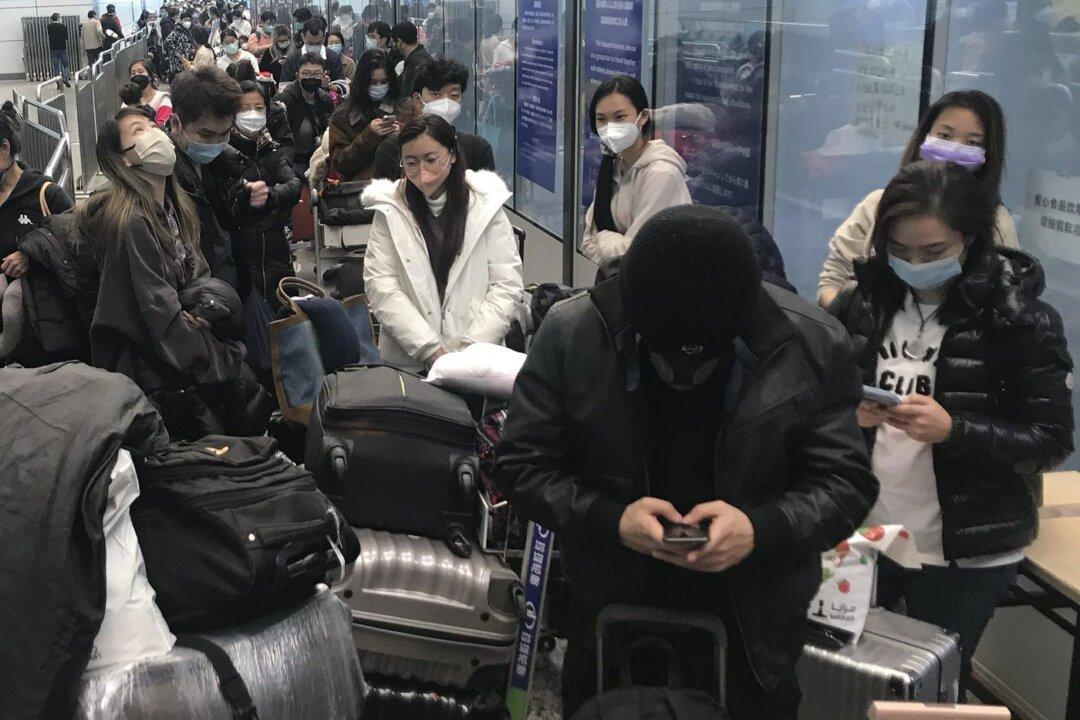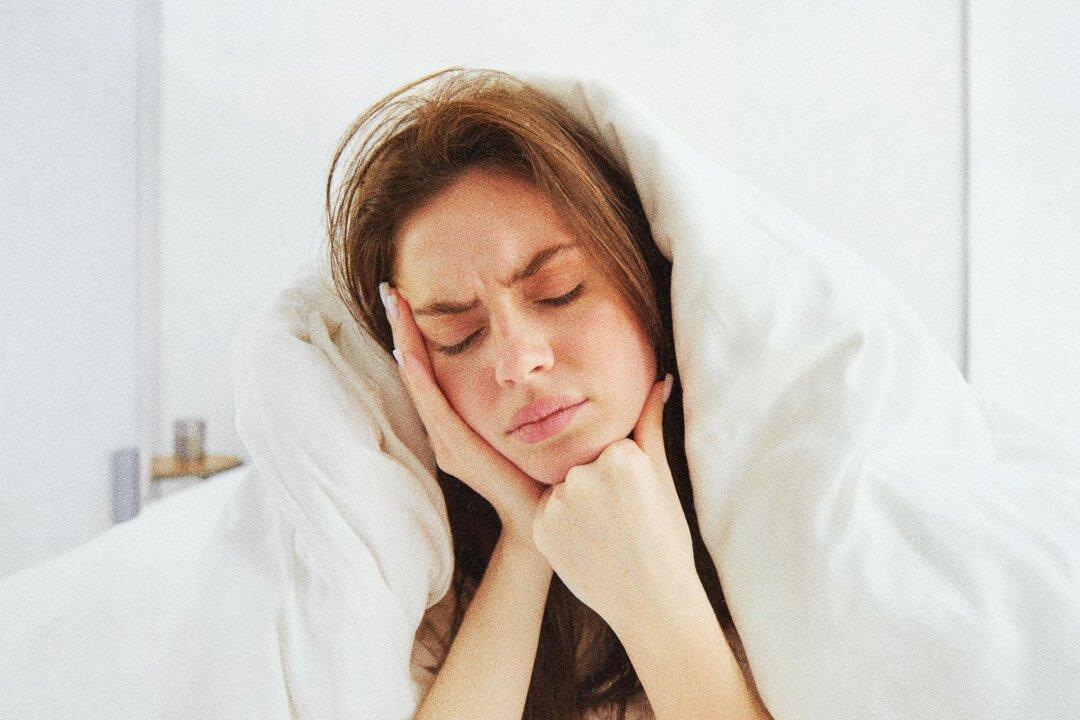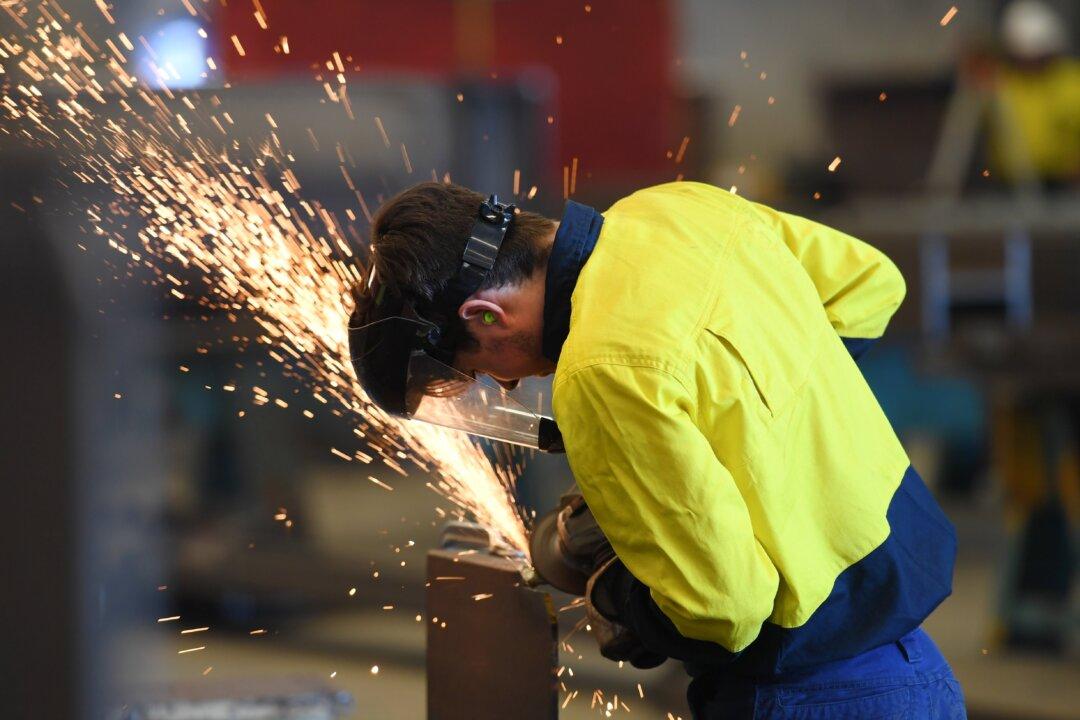Australian Prime Minister Anthony Albanese is backing health advice on Chinese travellers not needing to produce a negative COVID-19 test on arrival as concerns emerge over new COVID-19 variants entering Australia.
This comes as the United States, Italy, India, Japan and Taiwan moved to mandate COVID-19 testing for all travellers from China as cases of COVID-19 surge across the country.





